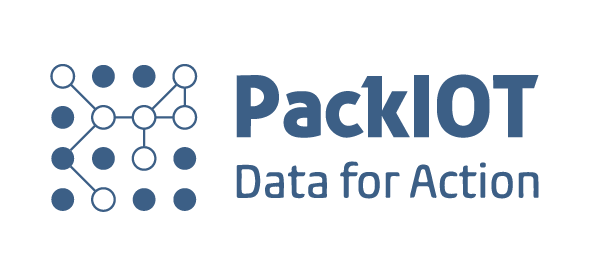By Mario Ishikawa, CTO at PackIOT
The IoT revolution is here and we cannot deny it. What is incredible for manufacturing is that with the IoT adoption on the shop floor, we saw the convergence of OT – Operational Technology with IT – Information Technology, creating the Industrial Internet of Things, or IIoT.
It does not mean killing what is already out there, but bringing more connectivity and use cases for so much data that can be collected on a plant. But certainly, there is an overlap. If in the past the stack PLC + SCADA or dedicated gateway was basically the only option to collect data from the process, now there are many more possibilities.
And when we are not talking about critical missions, it is certainly viable to think in a system on the cloud. One thing is when you need your operator to keep the process in control using an HMI. Another thing is when you want your manager to study past data to make better maintenance decisions for a packaging line. For that case, a cloud solution, presented as a SaaS (software as a service) offering can have several advantages:
1_Converting CapEx to OpEx
Typically speaking, when adding an IIoT software to improve the efficiency of a packaging line on-premise will require a large investment in hardware, software, and customization. The company will basically have to invest in software licenses, servers, and other IT infrastructure and as well as consulting hours for the customization to adapt the system to the packaging needs. All of that will not be enough if the company does not keep a trained staff to maintain the system running in its optimal state. Moving to the cloud and adopting a SaaS offer, there is no upfront investment. There is no license one-time fee and the servers are all maintained in an optimized virtual private cloud. Besides, the system is also ever-green while on license it is usually required to pay a 20% annual fee to keep the system up-to-date.
2_Quick deployment
Customizing a typical industrial software to adapt to the packaging needs can be a painful process. If the RFQ is not well technically defined, there will certainly be a lot of surprises during the deployment. With everything going well, the process can take from six months to years, depending on the project size. The SaaS offering is already focused on the packaging market niche and, in consequence, the deployment process is substituted by a validation process. Since there are no servers to configure locally, the startup on the shop floor is quick and basically limited to wiring the sensors. The rest is already on the cloud and the project owner has the opportunity to learn and validate the solution much quicker.
3_Skip the data silos with your data already on the cloud
Many packaging machines have their HMI with a local database, but what to do with that data? How to extract that data? The real situation is actually that the plants already have the data being processed but they don’t know how to make use of it and usually, when possible, it is not easy to be done with modern security standards as protocols such as Modbus do not provide encryption. But with current technologies such as MQTT, it is possible to get data from the floor and send it to the cloud with the highest standards on encryption. Once there, the data can take advantage of the elastic computing power of the cloud to provide cost-effective insights with machine learning or even to connect to your preferred BI System.
Another point to mention is how to provide mobile apps with real-time data when out of the plant. It is not a simple IT project when you have all your data on a closed network, but with SaaS the apps can be used the same way inside or outside the factory.
4_Stay up to date with the latest technologies
The same way consumer apps are changed from time to time to improve user experience or service in general, cloud software is updated with a high frequency, without requiring any effort on the shop floor. All improvement and security patches are done without requiring intervention and the end-user will have it automatically updated with a simple browser refresh. With on-premise, you need to plan maintenance during machine scheduled downtimes, create a test procedure and most of the time hire consultants to execute the task, with the added cost of their trip.
As you can see, there is no one size fits all solutions. On-premise software is a must when you need to operate a critical mission system and expect for example to send commands to machines. But when you need data to provide insights and not real-time action, you need it not only on the shop floor but also on the hands of the plant manager and SaaS offering can provide substantial savings with improved security and experience.
You might also like:




